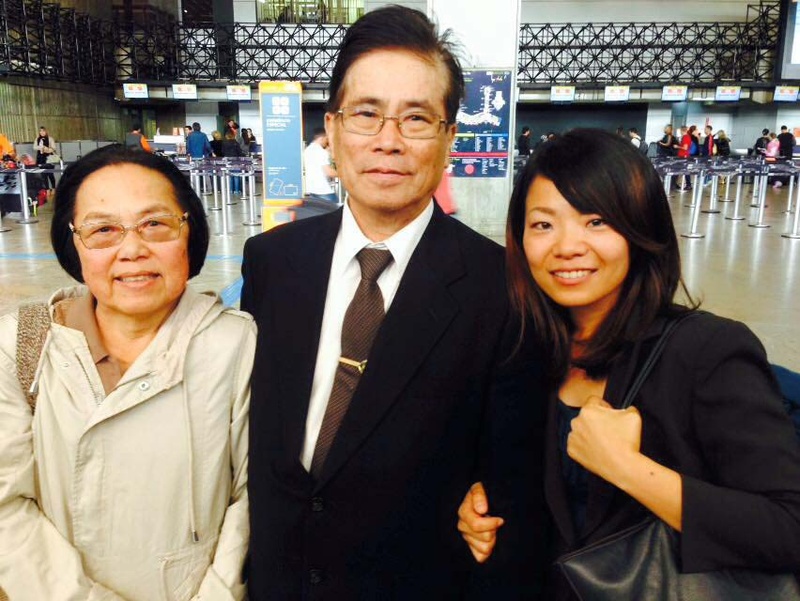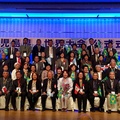Emigration to Brazil was mainly done in family units, but some people went to Brazil alone. After the defeat, many demobilized soldiers and repatriates returned home. The country was still in turmoil after the defeat and had no capacity to accept them. There were many unemployed people and serious food shortages. Hopes were once again placed on overseas migration as a solution. In 1953, the first postwar immigrants to Brazil arrived in Rio de Janeiro, and people began to cross the sea one after another. The "Cotia Youth Emigration" and "Industrial Development Youth Corps" were started with the hope of helping to address the problems of unemployment, food shortages, and the second and third sons of farmers, and both took the form of single young people migrating alone. Higo Hideki was one of those Cotia youth who went from Amami to Brazil.
Higo Hideki, from Kasari, Amami City, was born in 1940 as the eldest son. As the eldest son, his father sent him to an agricultural and forestry high school so that he could take over the business. Even while he was a student, he had a longing for foreign countries, and ordered and read books about Brazil. Higo said, "Even if I inherit the land in Amami, I won't be able to do anything," and wanted to try his hand at farming overseas.
When he graduated from high school, his uncle, who was the postmaster of Kasari, told him, "I'm thinking of becoming a postmaster after graduation." Higo, who had a strong desire to go abroad, told his uncle, "I don't want to ride a red bicycle and deliver love letters." His uncle encouraged him, saying, "You studied hard, so you want to go (overseas). Go, go."
After graduating, he entered the Takushoku Training School in Kagoshima. After three months, they started recruiting young people from Kochia. He applied immediately and was transferred to the training center in Ibaraki. Five people from Amami, including Higo, entered the training center in Ibaraki. The director of the training center in Kagoshima also came with us. It was reassuring. Young people from all over Japan who dreamed of becoming heroes abroad gathered at the training center.
Among the majority of the students, Higo, who had only graduated from high school and was from the countryside of Amami, felt a little intimidated. However, the other students who had joined the training camp from Amami excelled in running and sumo, and Higo himself gained full marks in exams, which helped him to gain confidence. The five students from Amami were outstanding, so the training camp was always full of "Amami, Amami." He began to think, "We can't lose to anyone now."
After completing their training, the "Cotia Youth Migrants" traveled to Brazil, where they were employed by members of the "Cotia Industrial Association" for four years upon arrival, with the assumption that they would become independent after learning agriculture. Between 1955 and 1967, approximately 2,599 people traveled to Brazil as Cotia Youth Migrants.
Higo started working at a chicken farm in São Paulo. After completing his four-year "compulsory farming year," he rented land and started growing vegetables. He spent three years training in continental agriculture there. He secured some funds and became independent. He continued growing vegetables for three years, then switched to growing flowers for four years, and finally had a solid financial base. He married the daughter of his first employer. The couple devoted themselves to growing flowers.
When the farming business got on track, he was asked by a friend to start a catering business. Thanks to Higo-san's personality, he received one catering order after another. He worked without a break, growing flowers on weekdays and catering on weekends. A few years ago, he handed over the catering business to his wife and daughter and her husband, and together with a Brazilian colleague who he has worked with for a long time, he is devoting himself to growing flowers the way he wanted to.
*This article is reprinted from the Nankai Nichinichi Shimbun (May 10, 2018).
© 2018 Saori Kato








